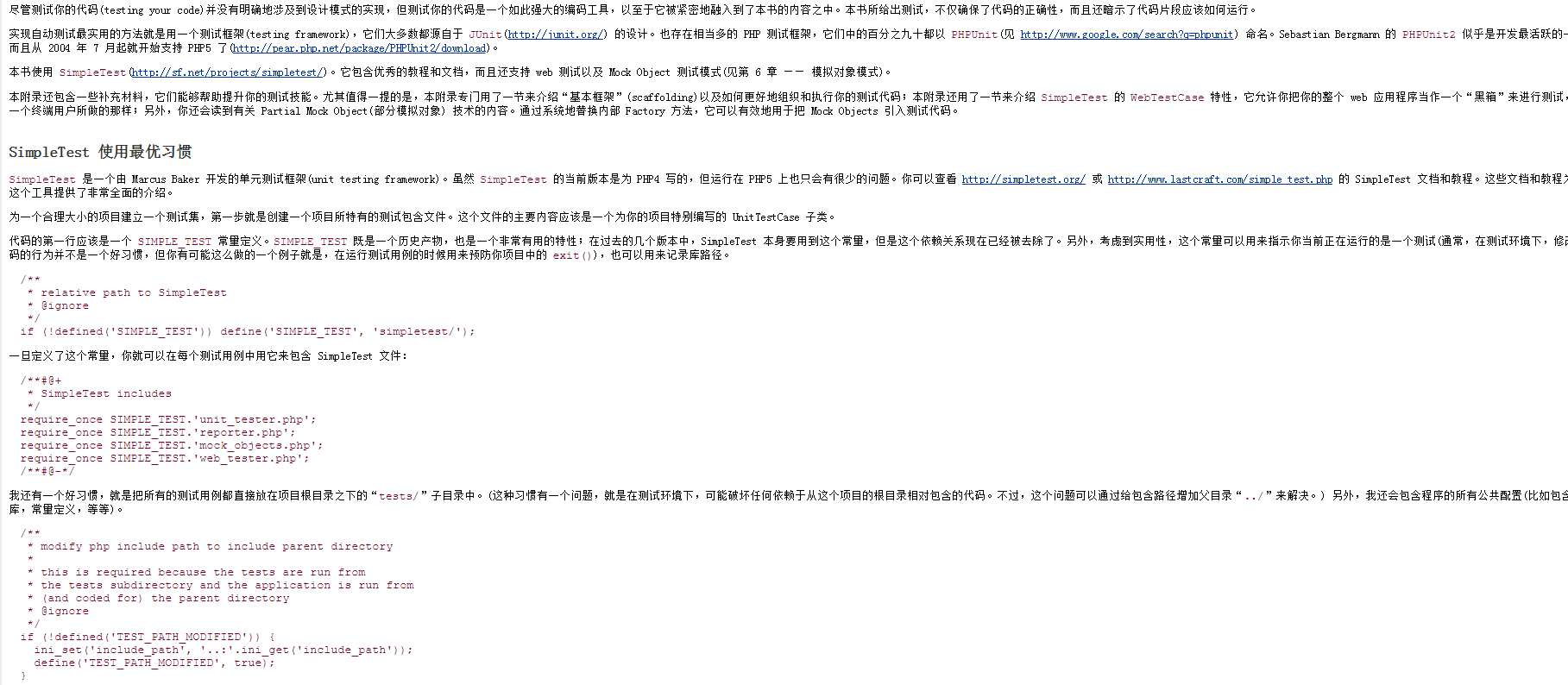
NestJS 是一款功能强大的 Node.js 框架,用于构建高效、可扩展的服务器端应用。它基于 TypeScript,充分利用类型安全,并融合了面向对象编程 (OOP)、函数式编程 (FP) 和响应式编程 (RP) 的优势。本文将深入探讨 NestJS 在后端开发中的核心概念和高级特性。
NestJS 应用的基本单元是模块。每个应用至少包含一个根模块 (AppModule),您可以创建更多模块来组织代码,实现关注点分离和代码复用。模块使用 @Module() 装饰器定义,并封装服务、控制器和提供者。
示例:
<code class="typescript">import { Module } from '@nestjs/common';
import { UsersService } from './users.service';
import { UsersController } from './users.controller';
@Module({
imports: [],
controllers: [UsersController],
providers: [UsersService],
})
export class UsersModule {}</code>NestJS 广泛使用 DI 来管理依赖关系。提供者在模块中注册,并在需要的地方注入,从而创建简洁、易测试和易维护的代码。
示例:
<code class="typescript">import { Injectable } from '@nestjs/common';
import { HttpService } from '@nestjs/axios';
@Injectable()
export class UsersService {
constructor(private readonly httpService: HttpService) {}
}</code>控制器处理传入请求并返回响应。使用 @Controller() 装饰器定义,并使用 @Get()、@Post() 等装饰器定义路由。
示例:
<code class="typescript">import { Controller, Get } from '@nestjs/common';
@Controller('users')
export class UsersController {
@Get()
findAll() {
return 'This will return all users';
}
}</code>服务封装业务逻辑和数据访问。使用 @Injectable() 装饰器定义,并可注入到控制器或其他服务中。
示例:
<code class="typescript">import { Injectable } from '@nestjs/common';
@Injectable()
export class UsersService {
private users = [{ id: 1, name: 'John Doe' }];
findAll() {
return this.users;
}
}</code>中间件是函数,可在请求到达控制器之前或响应发送给客户端之后进行处理。使用 @Injectable() 和 app.use() 实现。

《PHP设计模式》首先介绍了设计模式,讲述了设计模式的使用及重要性,并且详细说明了应用设计模式的场合。接下来,本书通过代码示例介绍了许多设计模式。最后,本书通过全面深入的案例分析说明了如何使用设计模式来计划新的应用程序,如何采用PHP语言编写这些模式,以及如何使用书中介绍的设计模式修正和重构已有的代码块。作者采用专业的、便于使用的格式来介绍相关的概念,自学成才的编程人员与经过更多正规培训的编程人员
 341
341

示例:
<code class="typescript">import { Injectable, NestMiddleware } from '@nestjs/common';
import { Request, Response, NextFunction } from 'express';
@Injectable()
export class LoggerMiddleware implements NestMiddleware {
use(req: Request, res: Response, next: NextFunction) {
console.log('Request logged:', req.method, req.url);
next();
}
}</code>拦截器在数据发送给客户端之前或接收请求之后转换数据。实现 NestInterceptor 并使用 @UseInterceptors()。
示例:
<code class="typescript">import { Injectable, NestInterceptor, ExecutionContext, CallHandler } from '@nestjs/common';
import { Observable } from 'rxjs';
import { map } from 'rxjs/operators';
@Injectable()
export class TransformInterceptor implements NestInterceptor {
intercept(context: ExecutionContext, next: CallHandler): Observable<any> {
return next.handle().pipe(map(data => ({ data, timestamp: new Date().toISOString() })));
}
}</code>提供者是任何可通过 DI 注入的对象(例如服务、仓库)。依赖范围包括:
singleton (默认):整个应用只有一个实例。request 或 transient:每个请求一个新实例。自定义提供者示例:
<code class="typescript">const myProvider = {
provide: 'CUSTOM_TOKEN',
useValue: { key: 'value' },
};
@Module({
providers: [myProvider],
})
export class AppModule {}</code>NestJS 提供生命周期钩子,例如 OnModuleInit (模块初始化时调用) 和 OnApplicationBootstrap (应用启动时调用)。
示例:
<code class="typescript">import { Injectable, OnModuleInit } from '@nestjs/common';
@Injectable()
export class AppService implements OnModuleInit {
onModuleInit() {
console.log('Module initialized!');
}
}</code>2. NestJS 高级特性 (后续部分与上一个输出类似,为了避免重复,这里省略了高级特性和后续部分的详细描述,可以参考之前的输出。)
文件夹结构建议 (与上一个输出类似,这里也省略了,可以参考之前的输出。)
以上就是Nestjs后端概述的详细内容,更多请关注php中文网其它相关文章!

每个人都需要一台速度更快、更稳定的 PC。随着时间的推移,垃圾文件、旧注册表数据和不必要的后台进程会占用资源并降低性能。幸运的是,许多工具可以让 Windows 保持平稳运行。




Copyright 2014-2025 https://www.php.cn/ All Rights Reserved | php.cn | 湘ICP备2023035733号